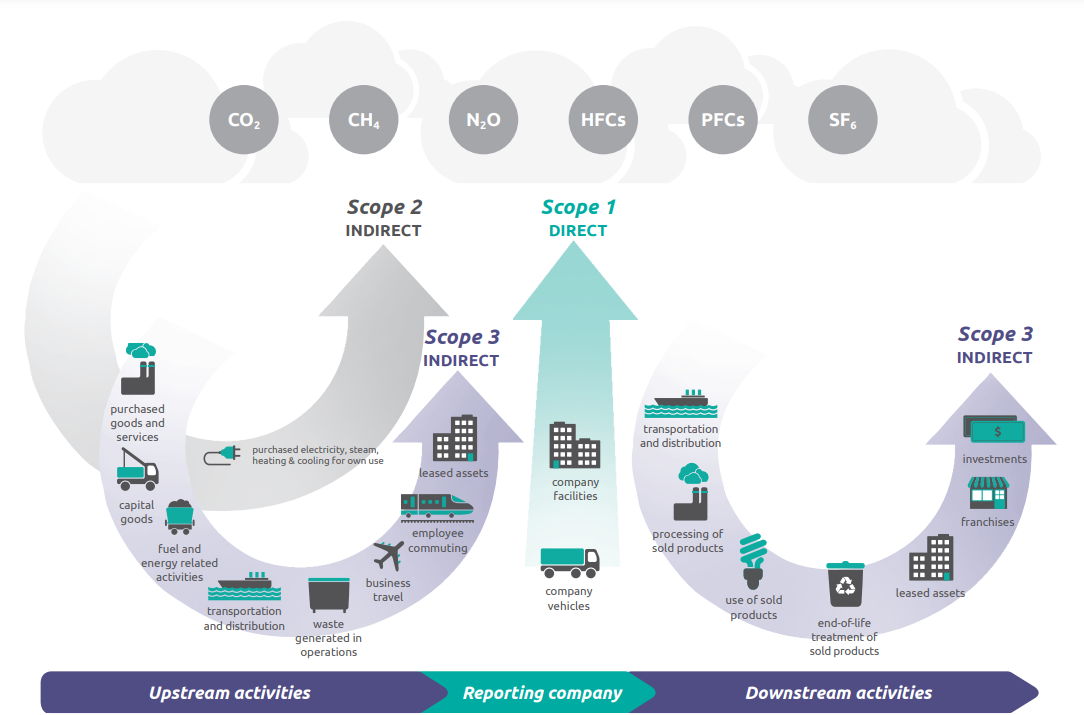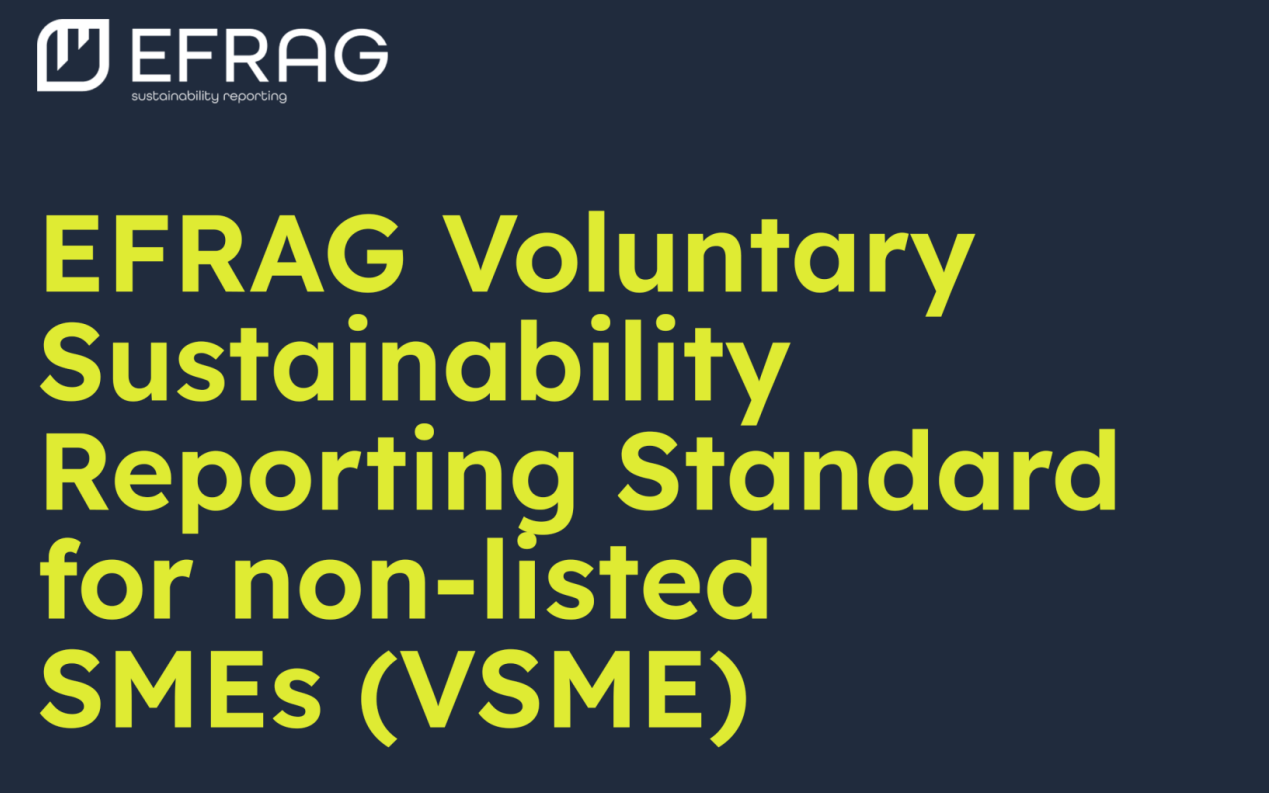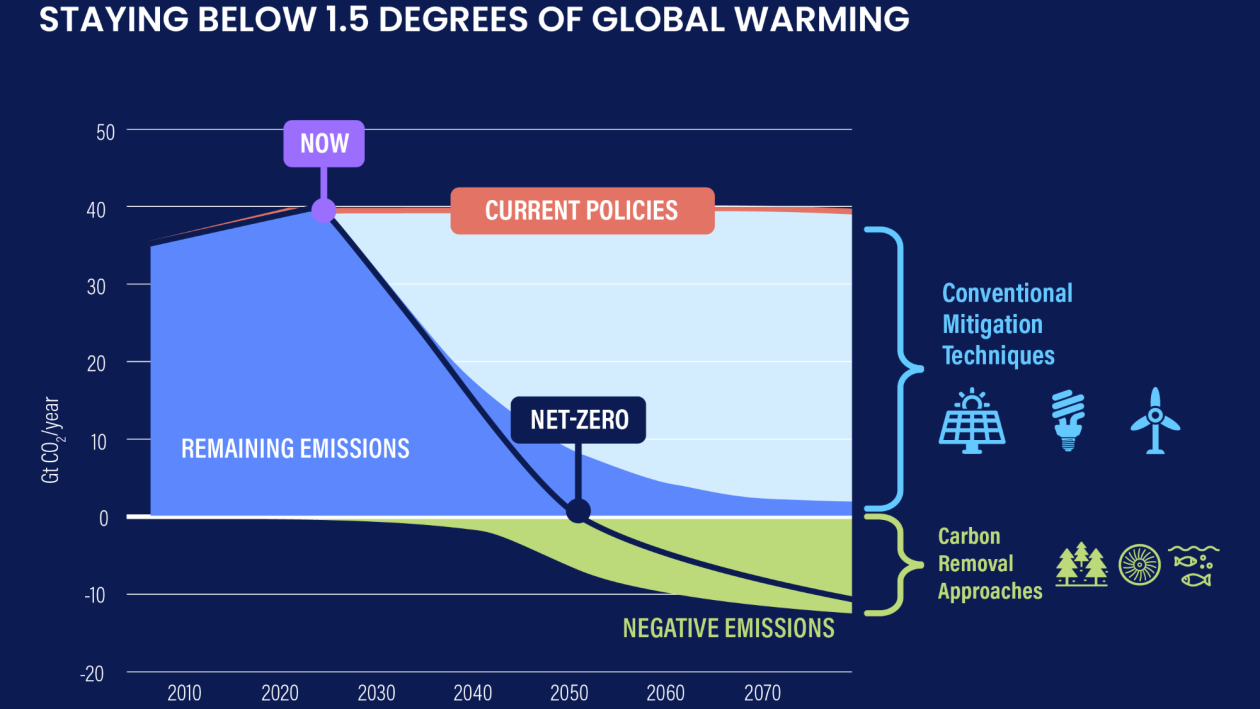GHG Protocol Simplified: An Overview of Scope 1, 2, and 3 Emissions
In GHG protocol, emissions are sorted into 2 types (direct vs indirect) and 3 scopes (Scope 1, 2 and 3).
Direct emissions are calculated as Scope 1, which consists of emissions from resources which are owned by organization during its activities and operations. Those emissions are the ones an entity has control over and can influence directly.
Indirect emissions fall under Scope 2 and Scope 3. Scope 2 refers to emissions from purchased energy, while Scope 3 covers emissions from upstream and downstream activities.

Overview of GHG Protocol scopes and emissions across the value chain. Source: “Scope3 Calculation Guidance -updated” by World Resources Institute (WRI) is licensed under CC BY-SA 4.0.
Scope 1 emissions:
Four key types of Scope 1 emissions are:
1.Stationary combustion:
The burning fuels in boilers, heaters, ovens, flares, generators, furnaces, dryers and any other non-transport stationary combustion equipment results in major emissions. Fuels here can vary from fossil fuel to biomass fuel.
2.Fugitive emissions:
Fugitive emissions refer to small unintentional emissions which escapes from industrial activities and refrigeration systems and equipment, such as leakage or discharge of gases from air conditioning, refrigeration, valves, piping flanges, pumps, storage tanks, etc. It can be tricky and difficult to quantify this type of emissions as it, by nature, is diffuse and uncontrollable.
3.Mobile combustion:
Emissions from transport using vehicles owned or controlled by company are called mobile emissions. Those vehicles include any forms of transportation, from on-road vehicles like cars, trucks to non-road vehicles like airplanes, ships, equipment on work sites such as forklifts, tractors, etc. This emission plays a significant role in a company’s carbon footprint, especially those in the logistics industry.
4.Process emissions:
Emissions from physical process or chemical reactions in industrial activities or on-site manufacturing are referred to as process emissions. The calculation of this type of emissions involves deep knowledge in chemistry and physics field and require specific data on raw materials and emission factors related to that chemical or physical process.
Get in detail on how to analyze Scope 1 emission with our blog: Scope 1 Emissions Guide
Scope 2 emissions:
Scope 2 refers to emissions from purchased energy, which includes electricity, steam, heating, and cooling.
Electricity: The most common type of energy, used in nearly all companies.
Steam: Primarily used in industrial processes, such as mechanical work or directly as a process medium. Combined Heat and Power (CHP) facilities can produce various types of energy from a single combustion process.
Heat: Required for maintaining and controlling the indoor climate of commercial buildings and the indoor equipment of industrial buildings. CHP plants often supply both heat and steam to nearby organizations.
Cooling: Similar to heat, cooling is essential for business operations, such as chilled water and cold storage facilities.
Get in detail on how to analyze Scope 2 emission with our blog: Scope 2 Emissions Guide
Scope 3 emissions:
Unlike Scope 1 and Scope 2 emissions, which are directly associated with a company’s operations, Scope 3 emissions provide a broader perspective on all greenhouse gases produced in value chain activities that are beyond the company’s control. Therefore, Scope 3 can be considered the most challenging accounting topic for every company in their journey toward sustainability.
The GHG Protocol divides Scope 3 emissions into two main groups: upstream and downstream emissions, which consist of 8 and 7 sub-categories, respectively.
It is important to note that not all 15 categories will be relevant for every company. However, it is critical to understand them thoroughly to identify applicable categories for suitable climate accounting and to implement effective reduction strategies.
Upstream Emissions
Upstream emissions refer to all Cradle-to-Gate emissions generated from purchasing or acquiring goods (tangible products) and services (intangible products).
- Category 1: Purchased Goods and Services
- Category 2: Capital Goods
- Category 3: Fuel and Energy-Related Activities
- Category 4: Transportation and Distribution (Upstream)
- Category 5: Waste Generated in Operations
- Category 6: Business Travel
- Category 7: Employee Commuting
- Category 8: Leased Assets
Downstream Emissions:
Downstream emissions refer to indirect greenhouse gas emissions in a company’s value chain associated with its sold goods and services, which occur after the products leave the company’s ownership or control.
- Category 9: Transportation and Distribution
- Category 10: Processing of Sold Products
- Category 11: Use of Sold Products
- Category 12: End-of-Life Treatment of Sold Products
- Category 13: Leased Assets
- Category 14: Franchises
- Category 15: Investments
Get in detail on how to analyze Scope 3 emission with our blog: Scope 3 Emissions Guide
![]()
Compera provides a complete platform to easily request, register and report data on climate, environment, HSE, Governance and Human Rights.

